Flower Meanings
Magnolia
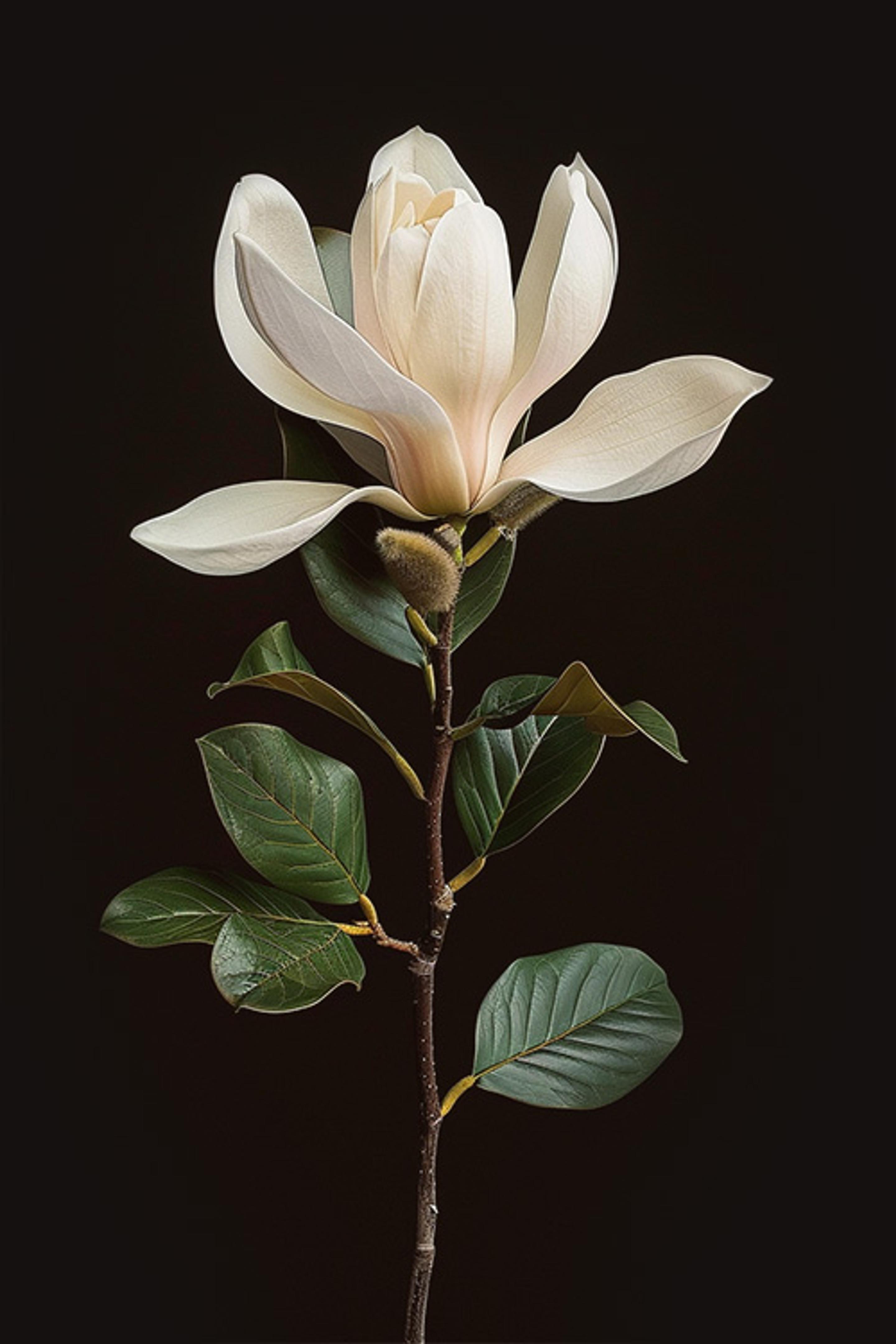

The Meaning of Magnolias
Magnolias have been a beloved bloom for centuries.
So much so, people still argue about the number of species that exist!
According to Magnolia Society International, there are currently over 200 species. But new species and varieties are being developed all the time.
Nonetheless, each and every one has the same thing in common: they’re stunningly beautiful.
So what do magnolias symbolize?
- Lovers correspondence: In Victorian times, sending these blooms was a discreet way of lovers sending messages to each other.
- Beauty & Gentleness: In ancient China, magnolias were thought to be the perfect symbols of womanly beauty and gentleness.
- Purity & Nobility: In the American South, white magnolias are commonly seen in bridal bouquets because the flowers are thought to reflect and emphasize the bride’s purity and nobility. [1]
Magnolia Color Meanings
Although magnolias are most seen with white petals, some species come in pink, yellow or purple. Let’s take a look at some of the different meanings attached to these colors:
- Yellow magnolia represents the sun, any solar goddess or god and for spells case on Sundays
- White magnolia represents the moon, any lunar goddess and for spells cast on Mondays
- Pink magnolia represents the feminine, friends and love. Spells using pink flowers are best cast on Friday, the day belonging to love goddesses like Venus or Aphrodite.
- Purple magnolia associated with royalty since Roman times, is best for spells dealing with governments. [1]
What Does Magnolia Smell Like?
Magnolia blooms can be quite fragrant: sweet candy, spicy verbena, tart lemon, citrus-honey or dusty violets, to name a few scents associated with this beauty. [6]

"There’s something so beautiful about a magnolia blossom. It demands attention, and you can’t help but love those big, creamy petals and that fragrant smell."
Joanna Gaines
The History of the Magnolia
The magnolia was named by Swedish botanist Carl Linneaus in 1737 in honor of French botanist Pierre Magnol. The plant in reference is what we now know as Magnolia virginiana, an American evergreen species which had already been growing in Europe by the mid-eighteenth century.
The earliest western record of magnolia’s cultivation is found in Ancient Aztec history during the time of Montezuma, where there are illustrations of what we now know to be the rare Magnolia debate.
This species only survives in a few known places in the wild today due to climate change. Many also claim the natives cut the flowers for festivals, thus, preventing the plants from seeding. This variety was discovered by a Spanish explorer called Hernandez who was commissioned by Philip II of Spain. His work was later published in 1651.
One of the most exciting parts of the magnolia’s long history is their evolutionary history. Magnolias have fossil records that prove they once existed in Europe, North America, and Asia over 100 million years ago. Today, they are indigenous in Southern China and the Southern United States.
Of the total species of magnolia, about half of these are considered tropical.
Magnolia has been around for quite some time, so it makes sense that it would begin to appear in early literature. Some of the earliest references to magnolias refer to their medicinal properties. If you’ve smelt magnolia sap, you’ll know precisely why it was so appealing to those in the medical field at the time.
The buds of Magnolia salicifolia are actually still used today in Asia to treat headaches and allergies!
A 1985 study reported on the potential use of this drug in the treatment of cancer as well. Another more recent study found that the tonics from the bark of Magnolia officinalis lessen tremors in Parkinson’s patients. [2]
DID YOU KNOW - Magnolia Fun Fact
Magnolias are believed to be the earliest known flowering plants, with their fossils dating back over 100 million years. Magnolia trees even existed before bees, so they rely on beetles for pollination. Instead of nectar, the flowers produce large quantities of pollen that the beetles use for food. [3]

How to Grow Magnolia
If you’re looking to plant your own Magnolia Tree, you’ve come to the right place.
Since they are native to East Asia, the Himalayas, easter North America, and Central America, most magnolias are hardy in USDA Zones 7-9. However, some can survive winters far north of zone 7. Be sure to choose a cultivar that best suits your region by purchasing locally.
These beautiful trees tolerate wet, soggy soil and grow best in moist, rich, slightly acidic soil amended with compost or leaf mold.
Water your trees to keep the soil around the base of the tree moist, especially when your tree is young!
Fertilize in the spring when flower buds begin to swell with a slow-releasing fertilizer. [4]
DID YOU KNOW - Magnolia Fun Fact
The oldest trees on the grounds of the White House are two southern magnolias planted between 1829 and 1837 by Andrew Jackson, in memory of his wife, Rachel, who died two weeks after Jackson won the election. [3]
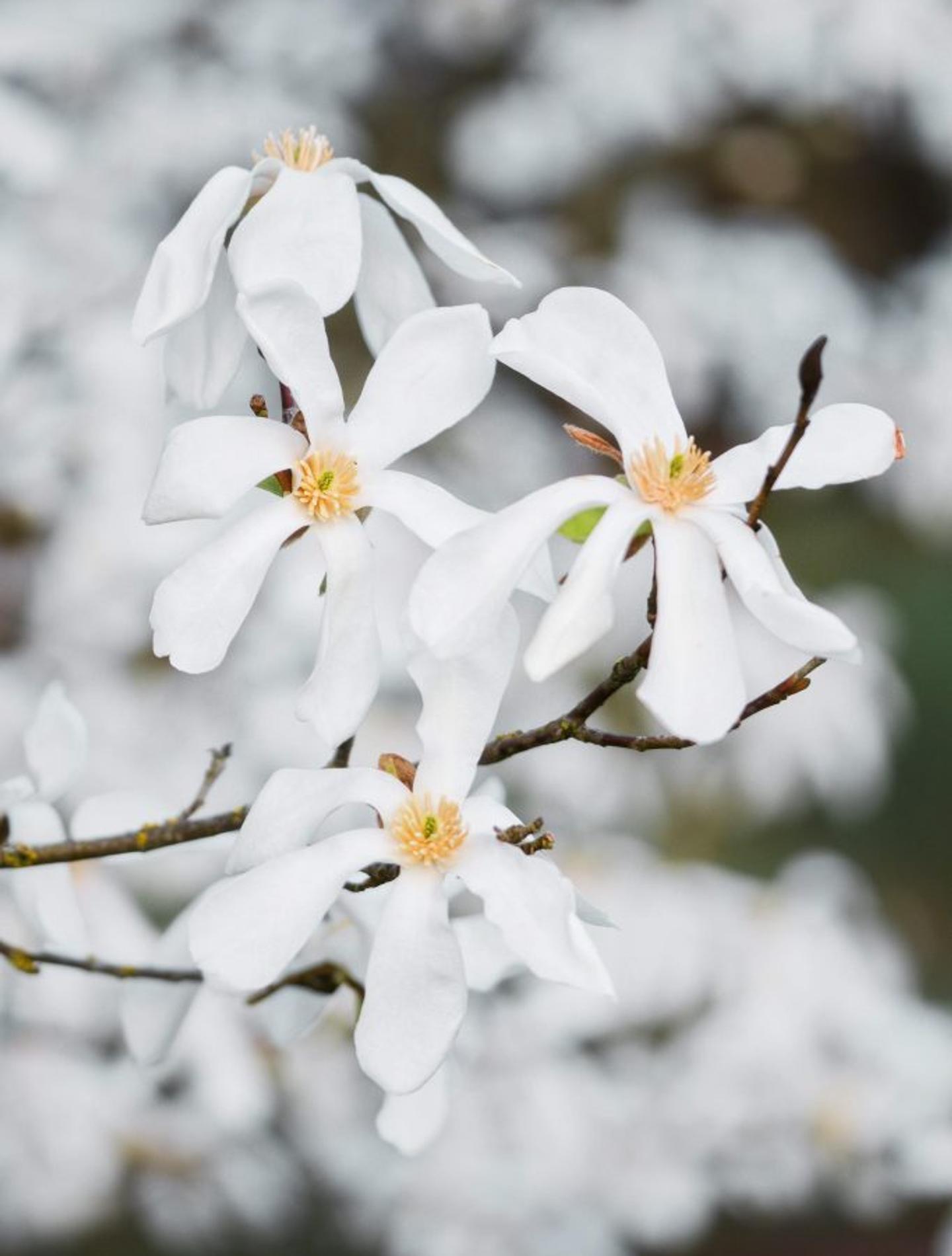
How to Care for Magnolia
If you want to cut a beautiful bloom from your magnolia tree to keep inside (and really who would blame you?), here are a few tips to help you get the most out of your cut blooms:
- Sterilize your tools! This will help keep your blooms healthy and prevent the spread of disease.
- Cut your stem at the base with sharp shears. This is best done in the morning or late evening while the weather is cool.
- Remove lower foliage to keep them out of the water. Do so gently so you don’t damage the stem.
- Trim your stems at an angle before putting them in their vase. Cutting them underwater will also help to keep air out of the stems.
- Seal your stems! Sealing the ends with boiling water can help prevent sap from leaking out of the stems and into the water. [5]
When to Send Magnolia as a Gift
While most commonly used in the early springtime when they’re in bloom, there is never a bad time to give a bit of magnolia! They are perfect to adding volume and elegance to any bouquet.

References:
- 1 - flowermeaning.com
- 2 - Caerhays
- 3 - Arbor Hill Trees
- 4 - Gardening Know How
- 5 - Homeguides
- 6 - Garden Making
Flower Meanings — keep discovering
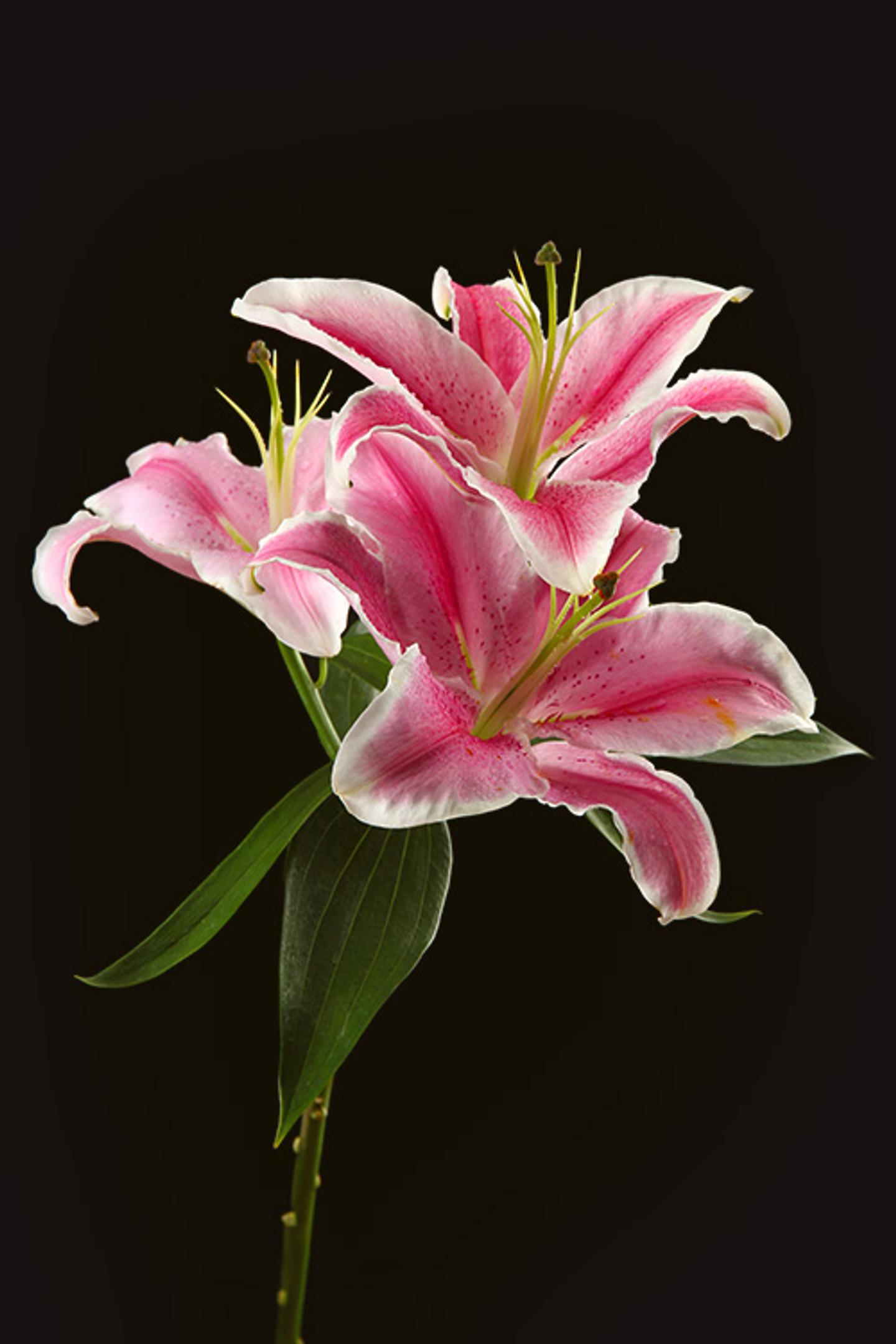
Lily
More than just a 30th Anniversary flower!

Lily of the Valley
A personal favorite of Audrey Hepburn and featured in many royal weddings – this delicate woodland plant is famous for its sweetly scented, bell-shaped white flowers. Native throughout the cool temperate Northern Hemisphere in Asia and Europe, this pendant bloom has surely made its mark in history.
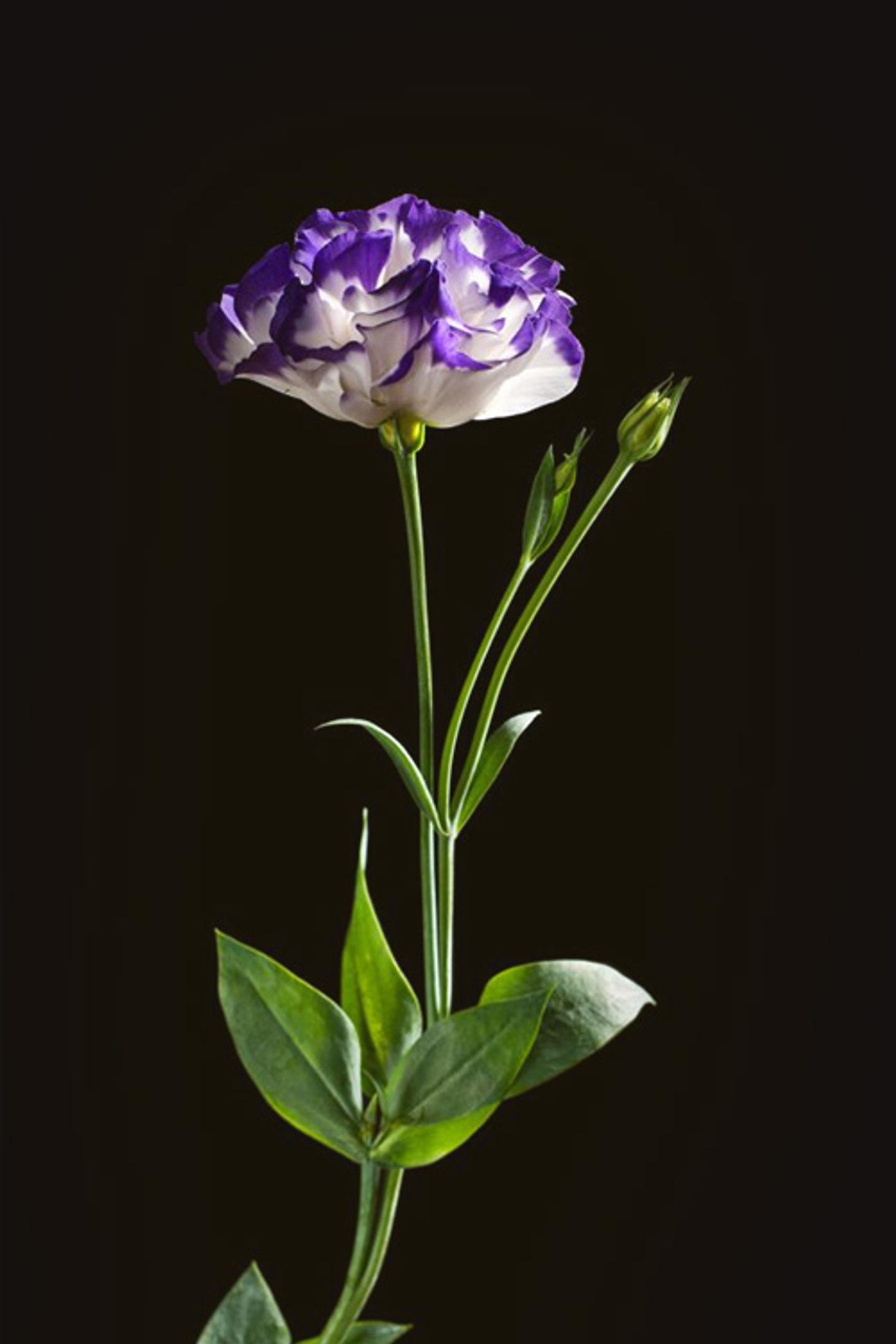
Lisianthus
Sometimes the simplest of things can become the most elegant…
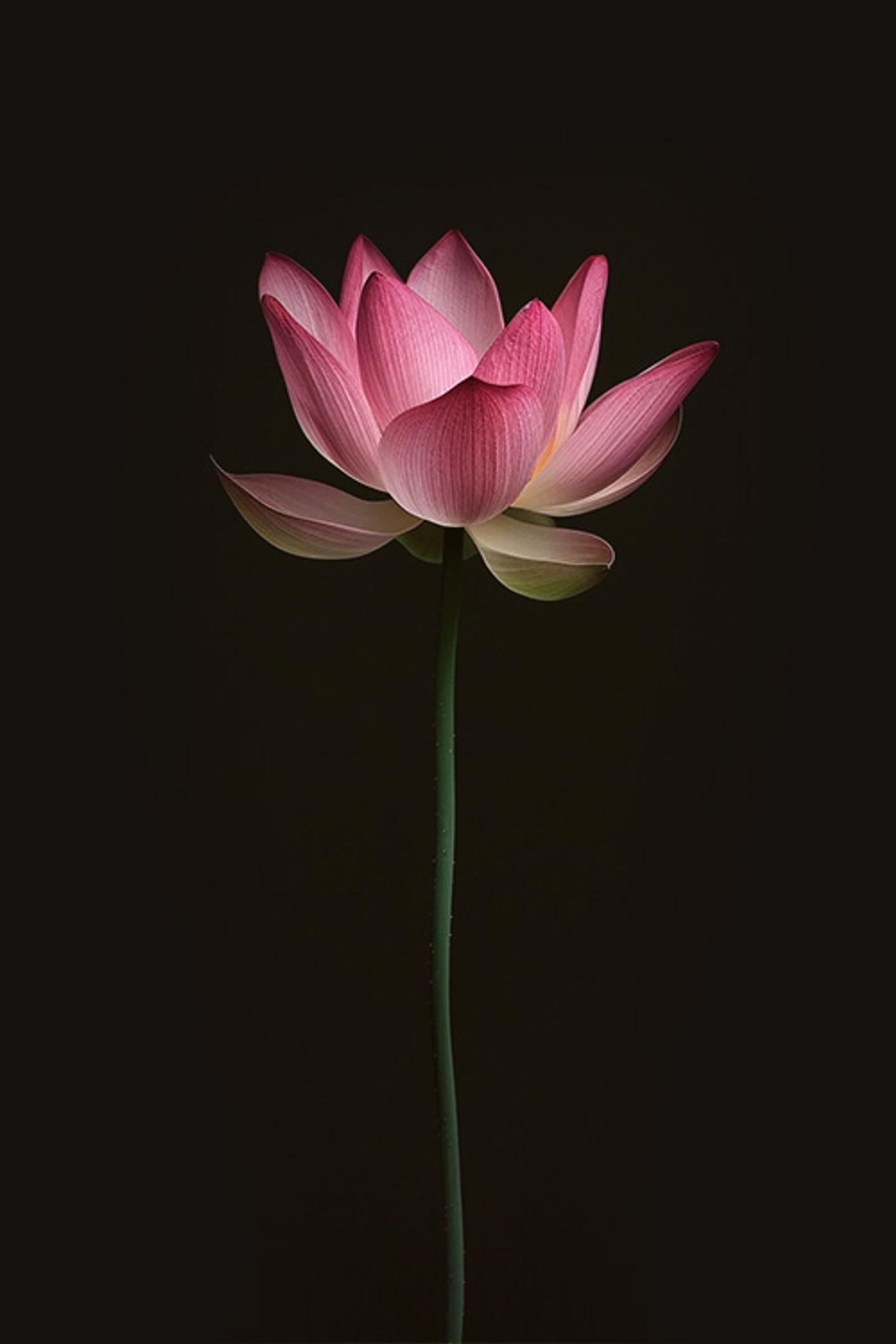
Lotus
The Nelumbo nucifera, also known as the sacred lotus, water lily, or just plain old lotus—is considered one of the most sacred blooms in our world’s history.

Lily
More than just a 30th Anniversary flower!

Lily of the Valley
A personal favorite of Audrey Hepburn and featured in many royal weddings – this delicate woodland plant is famous for its sweetly scented, bell-shaped white flowers. Native throughout the cool temperate Northern Hemisphere in Asia and Europe, this pendant bloom has surely made its mark in history.

Lisianthus
Sometimes the simplest of things can become the most elegant…

Lotus
The Nelumbo nucifera, also known as the sacred lotus, water lily, or just plain old lotus—is considered one of the most sacred blooms in our world’s history.
Ready to send beautiful flowers?
Our guided experience helps you send a one-of-a-kind arrangement perfect for every occasion.
Send Flowers